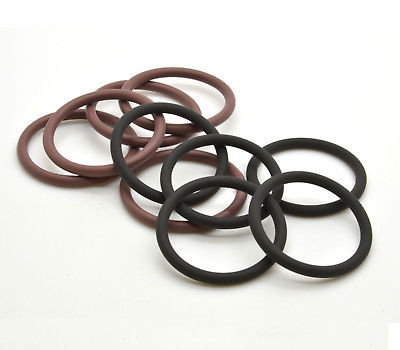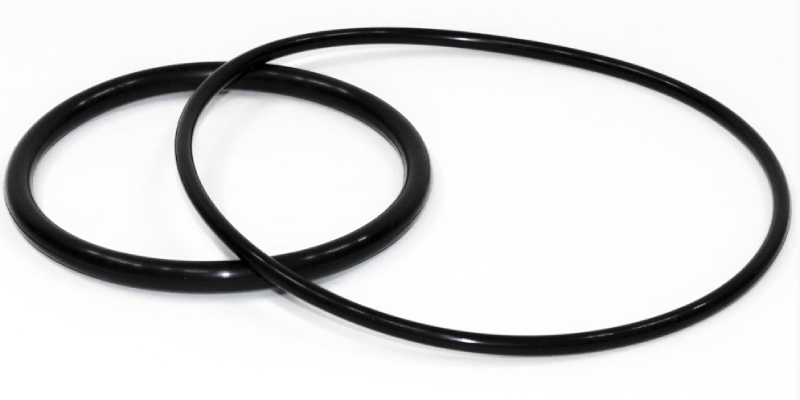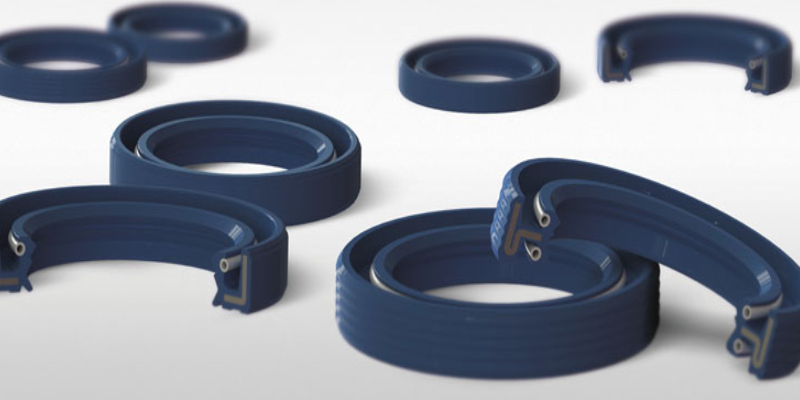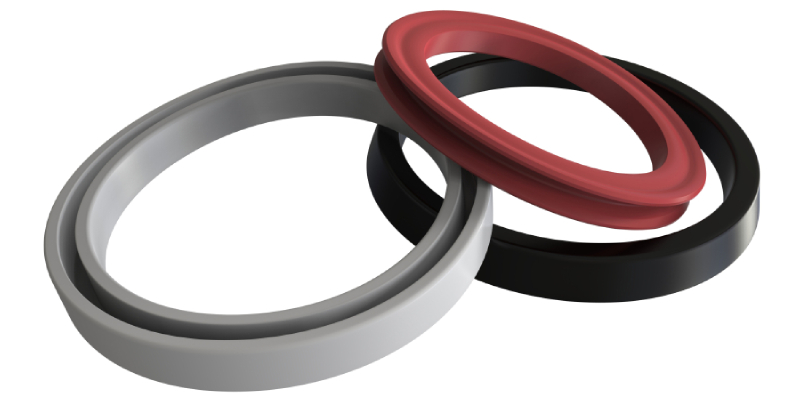THE O-RING MATERIAL SELECTION

Theory And Designing Of O-rings
February 10, 2018
THE IMPORTANCE OF ‘O’ RINGS
April 30, 2018Know more about O-rings
The O-rings are durable and functional and are used in various industrial applications. https://www.tss.trelleborg.com/global/en/service/desing_support/oringcalculator_1/O-ringcalculator.html site is a treasure trove of information the O-rings.
O-Rings Available in multiple forms
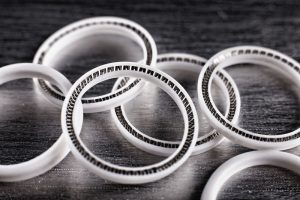 Polyurethane O-rings-
Polyurethane O-rings-
1) These rings are mostly used in cylinders, valves, hydraulic fittings, pneumatic tools,and firearms.
2) The temperature range in which they operate is -54 to 100 degrees Celsius.
3) These rings do not have an efficient heat resistant capacity. They cannot be fully compressed either.
4) These rings are noted for their toughness and abrasion.
5) Adiabatic extrusion resistance is its primary property. In this type of exclusion, the main source of heat is the conversion of driving energy through the adhesive resistance of the plastic mass.
PFTE O-rings-
1) They are used in steering and paint guns.
2) These rings in their pure form are sturdy and rigid. So, they are used for static applications.
3) They can operate in a wide temperature range of -73 to 260 degrees Celsius.
4) The main properties that make PFTE rings most efficient are its low absorption rate, chemical inertness, minimal permeability, toughness, corrosion,and abrasion resistance.
Silicone O-rings-
1) These rings are also suitable for static applications as they have poor resistance, abrasion and tensile strength is also low.
2) -84 to 232 degrees Celsius is their temperature range,and they can stand tough against a temperature of -115 degrees Celsius for short time periods.
3) Their performance is on the peaks with water, petroleum liquids and steam.
4) These rings are used in fuel injection ports that operate at high temperatures.
Ethylene Propylene rubber O-rings-
1) These rings cannot sustain more wear and tear.
2) They are used extensively in the hydraulic pumps in the aerospace industry.
3) They have excellent resistance to heat and temperature.
4) These rings can be used for alcohols, steam, water, brake fluids and hydraulic liquids that exhibit corrosive nature.
Neoprene O-rings-
1) These rings are used to seal coolants and refrigerants as their working temperature is the same as Nitrile.
2) The resistance of these rings towards petroleum oils and weather is not that appreciable.
3) It has a unique property of sealing materials where all the others would fail.
4) It has good compression values, excellent abrasion,and resilience and is resistant to cracks.
Nitrile O-rings-
1) These rings work well with limited temperature and resistance.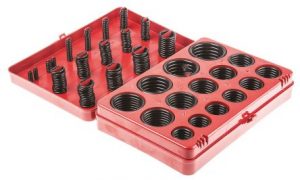
2) These rings are resistant to tears and can withstand harsh treatments.
3) -54 to 149 degrees Celsius is their temperature range,and they work well with water, petroleum and hydraulic liquids.
4) Their weather and ozone resistance is not up to the mark,and these rings are not suitable for ketones, hydrocarbons, ester and nitro compounds.
Vitron O-rings-
1) They are used in movement jobs,and this material is used for all-around applications.
2) Chemical, automotive and appliance fields use these rings extensively.
3) These rings are suitable for hydrocarbons, petroleum gases, oils, acids and silicone fluids.
4) These rings are not suitable for esters, amines, ethers and hot hydrofluoric acids.
O-Ring Factory Power Backup with Inverters from UPS manufacturers
The O-rings mostly made of rubber are sustainable,and the rubber industry relies on UPS Manufacturers for an uninterrupted power supply.
Read Also : Theory And Designing Of O-rings

